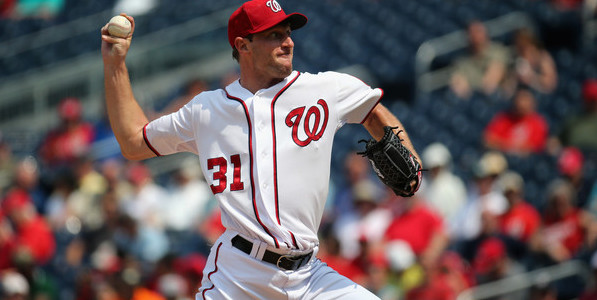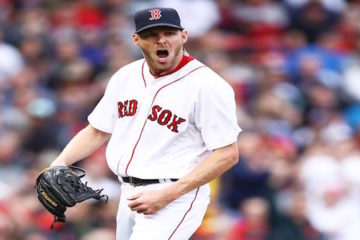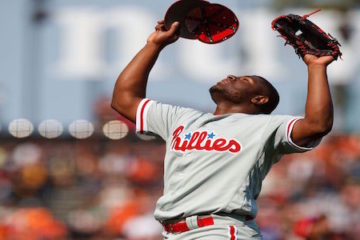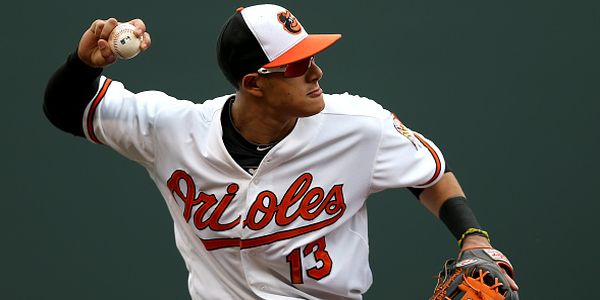Fantasy Baseball Tips of the Trade: Part Two
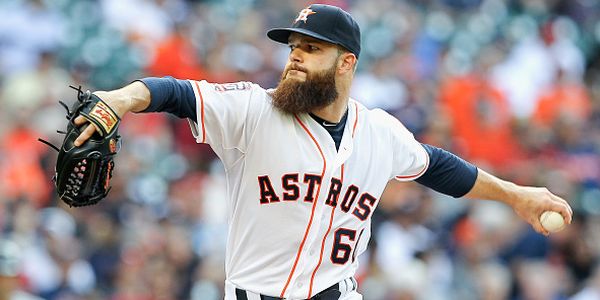
Pulling off a fantasy baseball trade during the season can sometimes be a laborious task, but if owners are willing to put together a worthy offer for their opponents, the process is not only enjoyable, it could be beneficial for your and your opponent’s’ roster either in the short or long-term, or both.
This is the second effort in a series of pieces that we will put together here at TheFantasyFix.com to let you know how we approach this aspect of the fantasy baseball game. If you’d like to take a look back at the first piece regarding “Knowing Your League/Opponents” and “Communication” you can see it here. As always, enjoy. And if you have any feedback, please let me know in the comments.
Analyze the Standings, Your Team and Their Team
This should be common sense to most by now, but you’d be surprised. If this is common sense to you, simply consider this a brief review.
Too many fantasy baseball players — even in “expert leagues” — fail to do their homework before proposing a swap to their counterparts. The process should not take an exorbitant amount of effort or consume an excess amount of your time, so instead of leaving your potential trade partner scratching their heads, do yourself a favor: analyze the standings, analyze your team and definitely analyze their team.
I don’t love it when people bring up their home leagues, but I’m going to do it again right now. And I’m doing so because there is a recent example of a trade that made sense and an offer I recently received that didn’t make sense, for me anyway. Two buddies, both named Adam, have hooked up in the past for quite a few trades, so they have a good “business” relationship going on in this league, the kind of relationship I suggested you build in last week’s column. Anyway, Adam sent Shelby Miller along with Dellin Betances for Adam’s Justin Upton back on May 1st. It doesn’t exactly sound even, but the move made sense for both teams based on roster construction and has in fact helped both teams in the short-term. The reason this trade worked is this: One team needed a starter and a reliever, while the other needed an outfielder. Each team was dealing from excess both on their roster and in category production. It just made sense. Many will say the team that hauled in Justin Upton will win in the long run — and that very well may be true — but based on team’s needs, they both won (for now).
Conversely, I received an offer in a deeper mixed league of his Billy Hamilton for my Chris Archer. Sounds pretty square from a value standpoint. But if you dissect the standings and my team’s roster make-up, you’d see that this failed to meet my team’s needs. I’m struggling in batting average, homers and runs batted in, but am in the top third in the league in stolen bases. On the pitching end, I’m doing well in saves, but don’t have enough wins or strikeouts. This is simply the case of a pretty fair offer that didn’t make sense for my squad at the time. Sure, I could’ve turned around and flipped Billy Hamilton to a team that needed swipes, or, I could’ve just held onto Chris Archer, benefit from the wins, strikeouts and ratios or simply used him as trade bait (which I ended up doing).
Before making an offer, I always look at the standings to see how my team is performing. Then I’ll run a comparison to see how my team is performing compared to each of my opponents, in each category. I’ll also take a look to see if a team is underperforming beacuse they have a few guys on the disabled list, or maybe just a few guys underperforming in general. I’ll use FanGraphs to look at the underlying numbers (ISO, BABIP, BB% & K% etc…) of specific players and then compare it to their rest of season projections according to Steamer and ZiPS. Just researching here. Looking for any positive or negative signs that may reflect player production.
For example, if my team only has one point in the wins and strikeout categories in a 12-team league, I’m not going to look for starting pitchers I like on a team that has two or three points in the same categories, I’m going to target teams that have 10, 11 or even 12 points. Once I identify those teams, I’ll do an analysis of their roster to see where I believe they could improve from a positional standpoint, then see if I have a trade chip that could be of use to them at that position in addition to the category.
A league mate was in the top three overall in the league, with 10, 11, or 12 points in wins, strikeouts and ratios, but only two points in saves. I sat in the top third in saves and have an excess of relief arms that could potentially claim some scab saves here-and-there. Saves are really hard to come by in this deep, 12-team, 40-man roster mixed league. And that’s how the discussion started. I ended up turning Francisco Rodriguez into Dallas Keuchel. Seems like a coup for me, because it was. But it was also a coup for him because he still had Clayton Kershaw, Felix Hernandez, Jacob deGrom and Collin McHugh among others. Sure the loss of Keuchel stings a bit, but in the grand scheme of things, he had a fair lead in the categories that starting pitchers contribute to. He was able to trade from excess and acquire someone who could see a lot of save opportunities going forward. It may sound a bit lopsided, but both teams achieved their goals.
To recap:
- Analyze the standings.
- Identify your team’s strengths and weaknesses in both categories/positional depth.
- Identify a team that could benefit from your team’s strengths.
- See if any of those teams can help you improve your category/positional weaknesses.
- Communicate your findings to potential trade partners.
- Execute.
- Don’t let minor details/hang ups keep you from improving your team.
- Don’t feel like you have to “win the trade.” Improving your team is winning.


